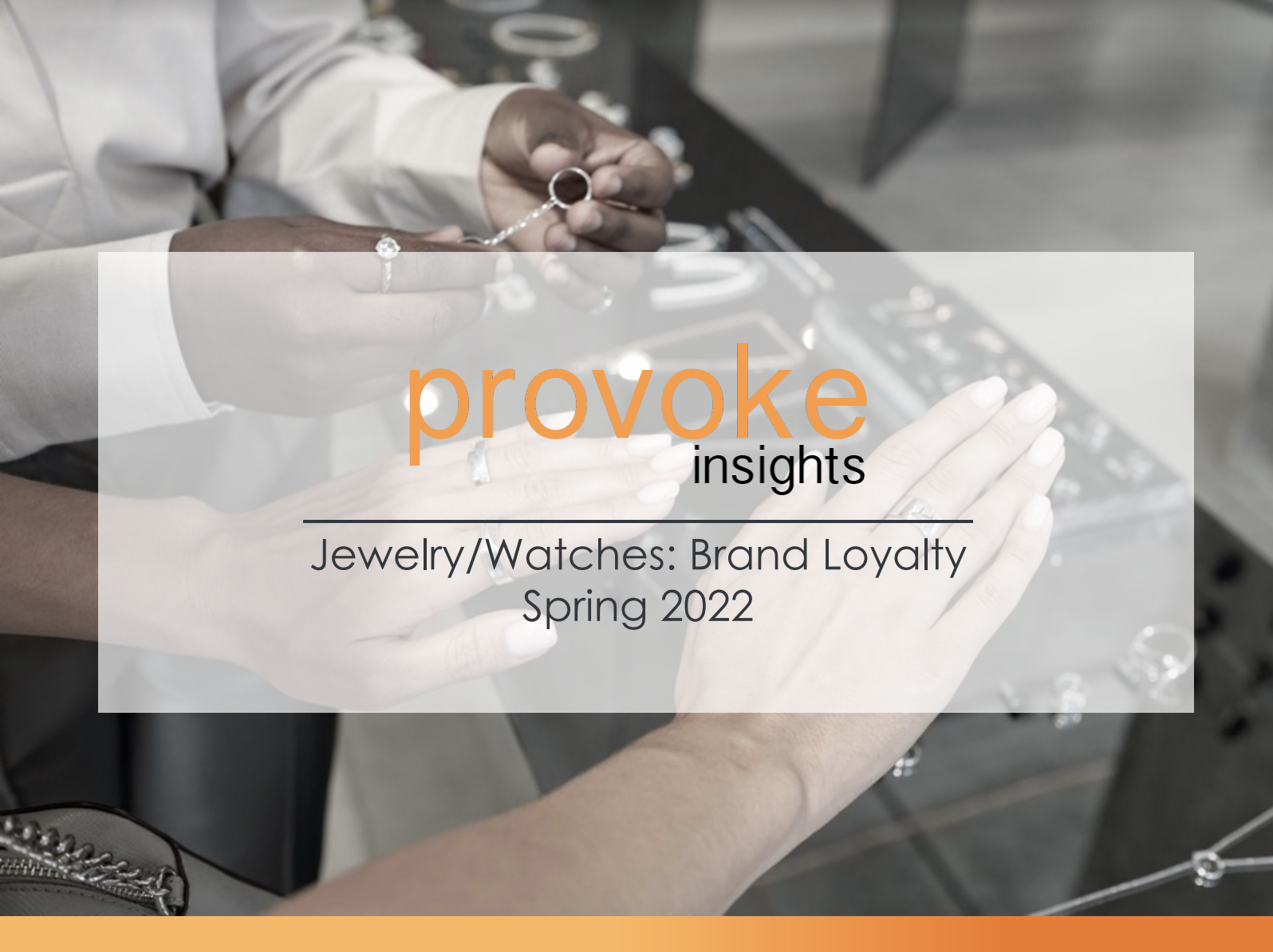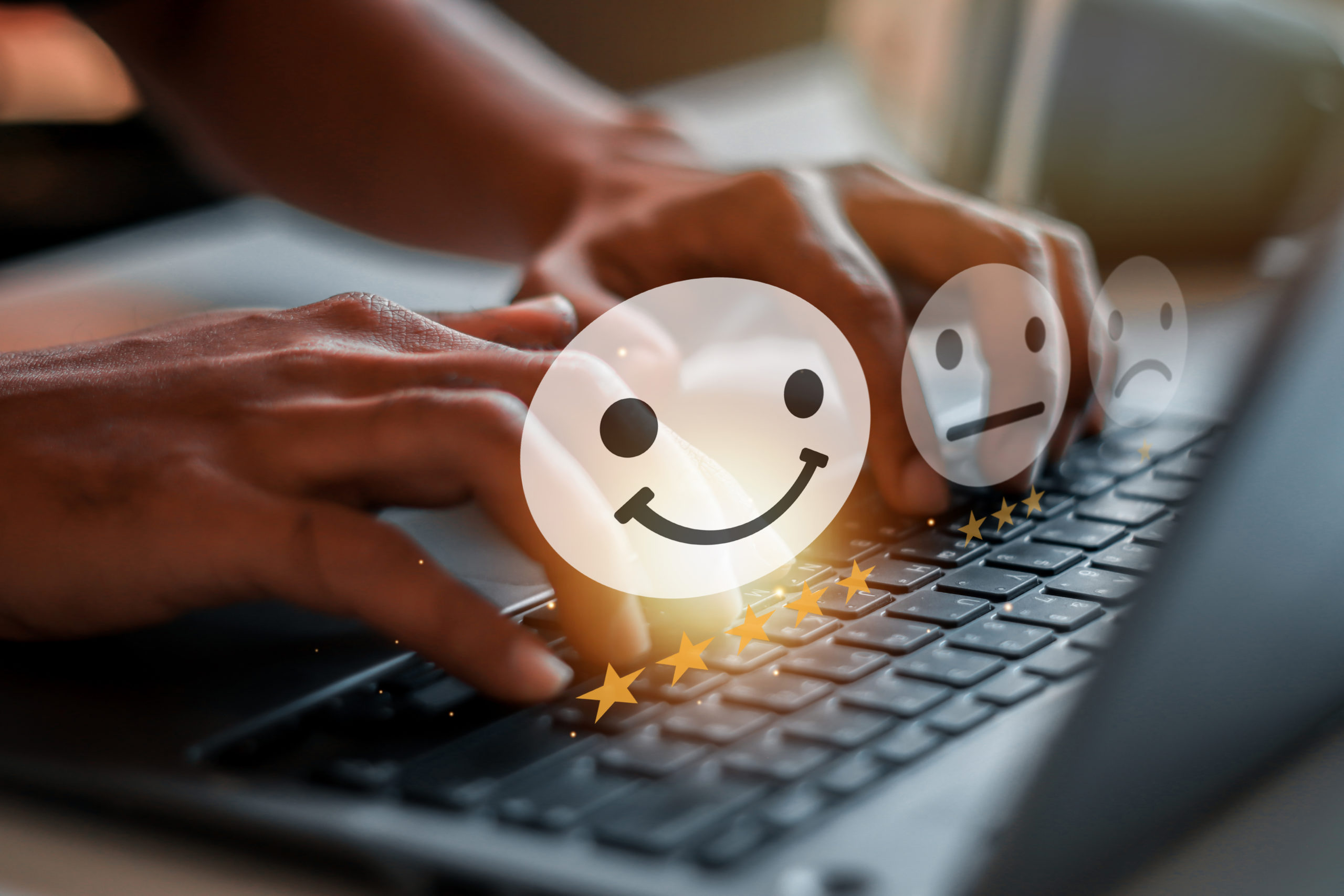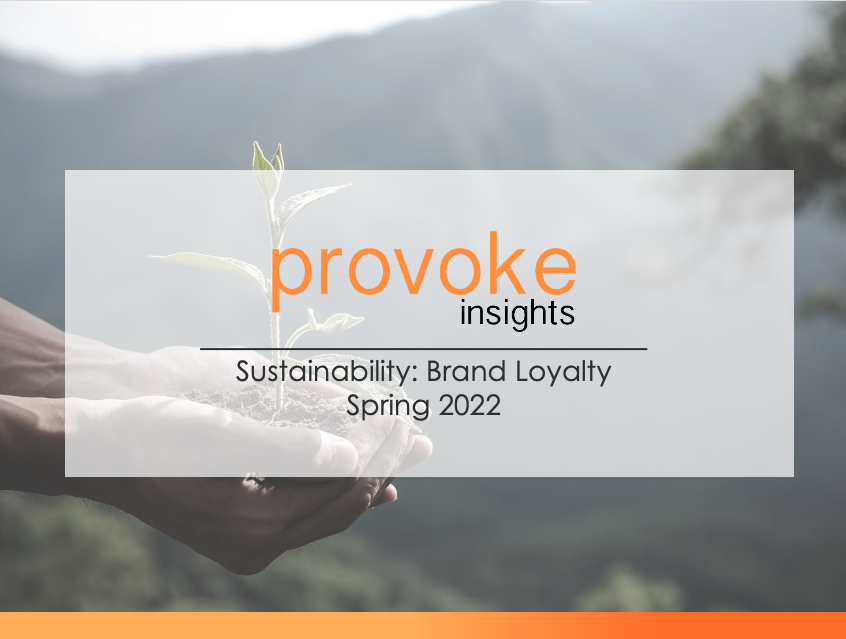The COVID-19 pandemic changed peoples’ going-out habits. For countless months, people had to take a pause on their normal activities, such as going out to bars, restaurants, and parties. Quarantine and social distancing became the new normal. In fall 2021, as people began to venture out more and more, we saw an increase in alcohol purchasing. In the spring of 2022, Americans continue to purchase alcohol. But who is buying alcohol? What trends do they follow? Where are they drinking alcohol? How loyal are they to their tried and true brands? At Provoke Insights, we created our fourth wave of in-house research with the goals of tracking consumer mindsets, purchasing trends, and brand loyalty in several industries, including alcohol.
Alcohol Purchaser Profiles
In the last three months, 73% of Americans purchased some type of alcohol. Let’s break it down by type.
The Beer Shopper
Beer is the most popular choice of alcohol, with almost half (48%) of Americans purchasing it. These shoppers are more likely to be millennials, male, and parents. Interestingly, beer purchasers are also the most loyal to their brands with over half (51%) agreeing that they are only or mostly loyal to one brand of beer. As they have less apprehension about eating out at restaurants than other purchasers, drinking outside the home is not a concern for this group. In fact, one-quarter are ordering beer while dining out, and one-third are drinking beer at bars.
The Wine Shopper
Wine came in second place, as 44% of Americans have purchased it in the last three months. These shoppers tend to be female and have children. Unlike beer, wine drinkers are the least loyal to a specific brand as nearly three-quarters are open to trying new labels. They are more likely shopping small business and online.
The Liquor Shopper
42% of Americans are purchasing liquor. These shoppers are very similar to those who purchase beer; male, parents, and are less concerned about dining out. While other types of alcohol are more often consumed at home or casual parties, Liquor is more commonly reserved for bars and special occasions.
The Hard Seltzer Shopper
Hard seltzer has yet to become a popular alcoholic beverage of choice as less than one-quarter (24%) of Americans are buying it. Those who are drinking this product are employed full-time and are willing to pay more for sustainably sourced items. Additionally, these drinkers are loyal, as nearly half (48%) have a hard seltzer brand they only or mostly buy.
In-Store Sales Dominate
Among all the different types of drinks, in-store purchasing is the most popular method of obtaining alcohol. Only 10% or less of shoppers from each category prefer to purchase online. While online shopping for wine was a popular method last year, it has decreased greatly. In 2021, 41% of wine purchasers bought wine on the internet. However, in 2022, this number has gone down to 10%.
Download the full report for free here.
Methodology
Provoke Insights conducted a 15-minute survey in the spring of 2022 among 1,500 Americans between the ages of 21 and 65. A random stratified sample methodology was used to ensure a high degree of representation of the U.S. population (household income, age, gender, geography, ethnicity, and children in the household). Statistical differences between subgroups were tested at a 95% confidence level. The margin of error is +/-2.5%.


















